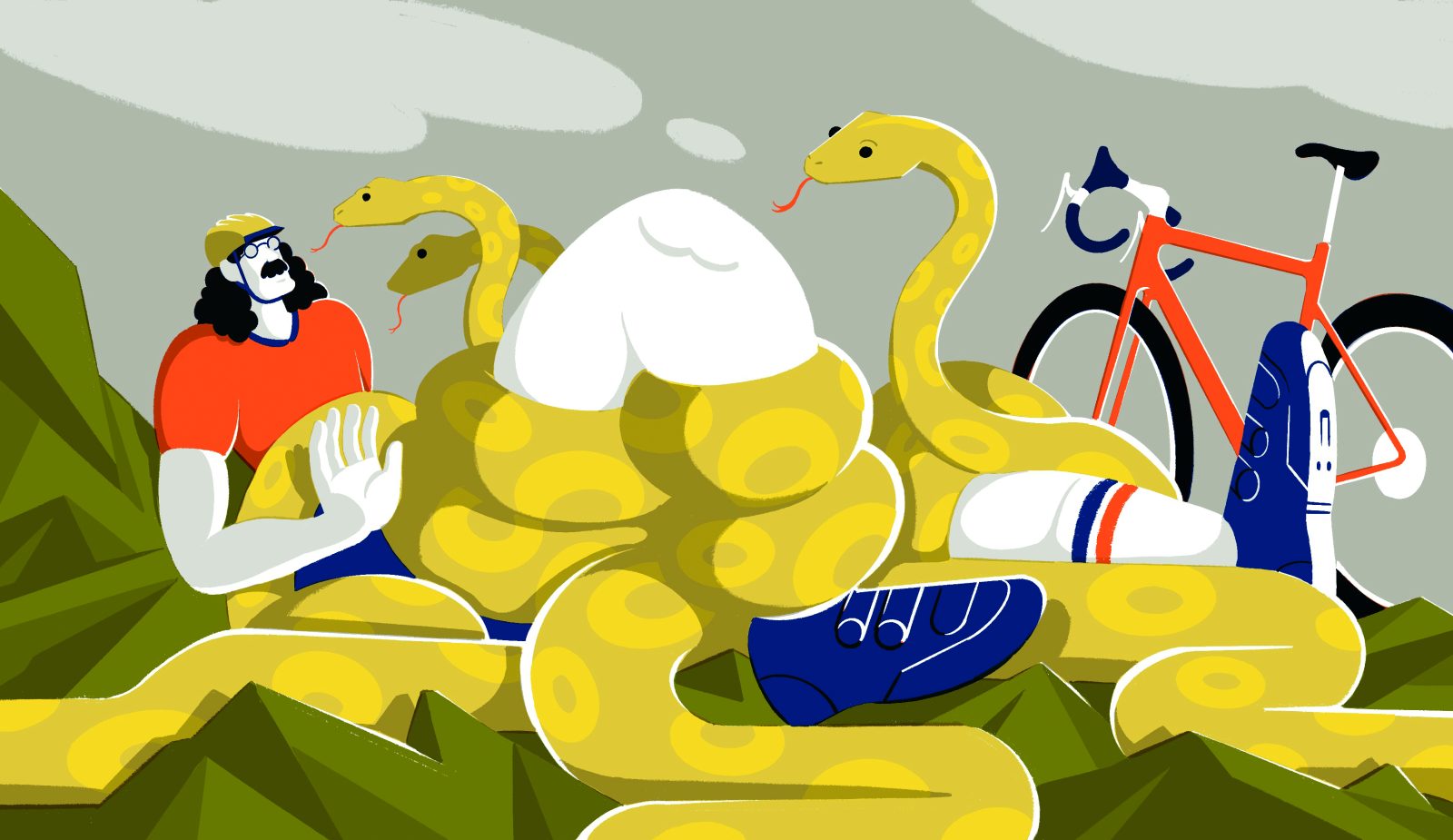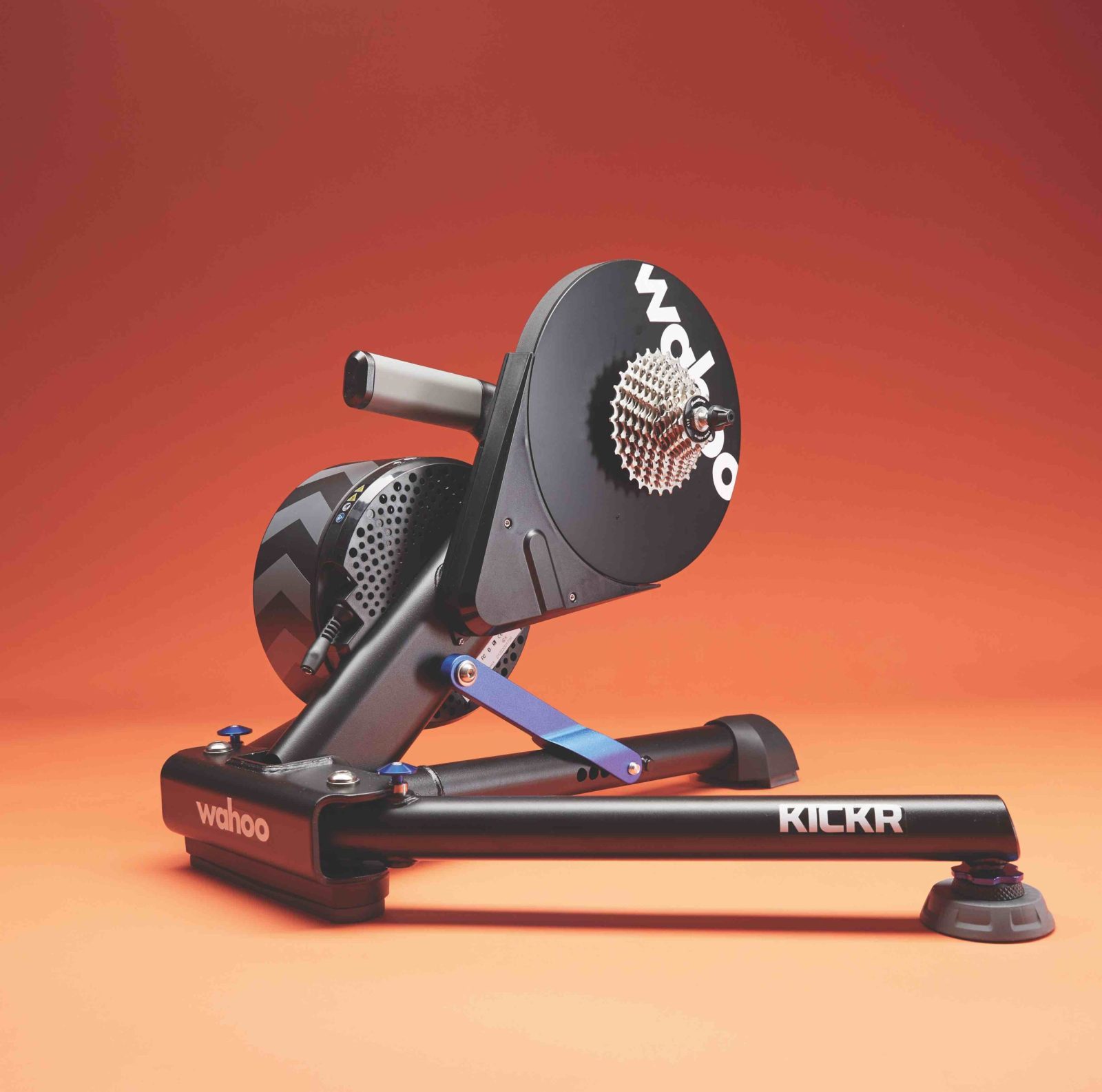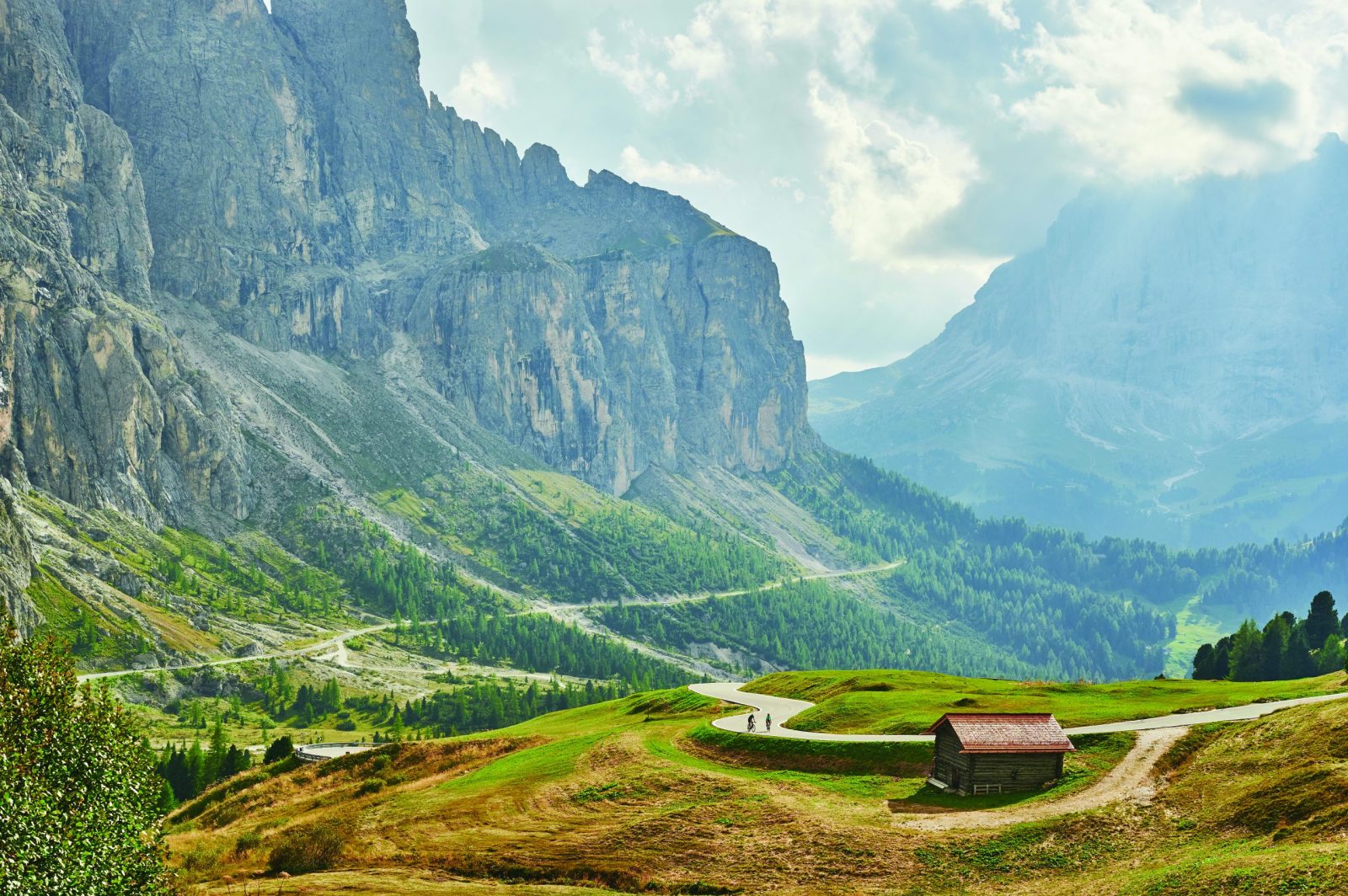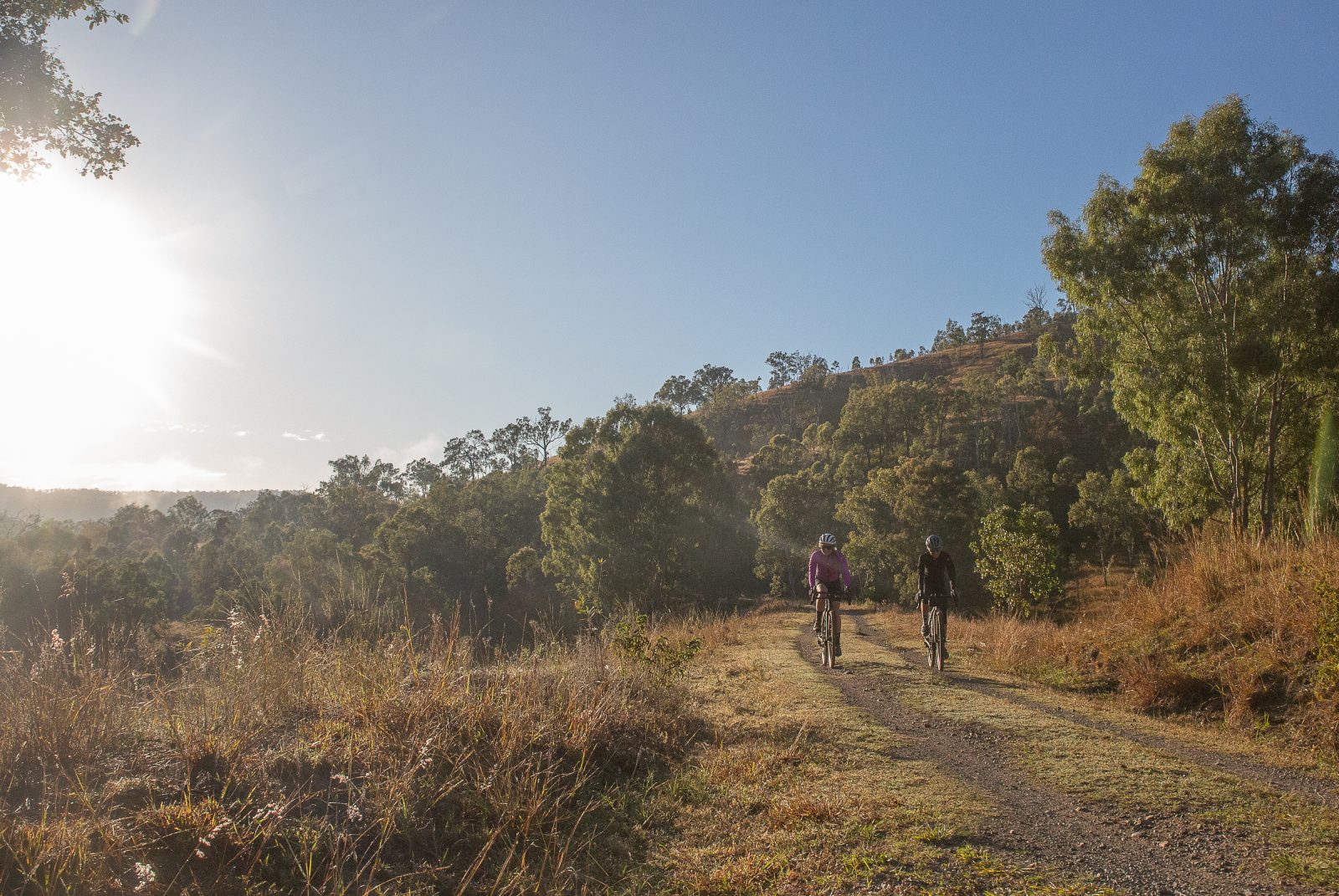Leg compression, ice baths, protein shakes… there are plenty of suggestions for how to recover quicker from a hard ride. Cyclist’s experts sort the smarts from the duds

Words EMMA COLE Illustration TILL LUKAT
‘In my experience, if I told an athlete that eating bird poo would help them recover quicker, they would do it.’
Such is the desperation for quick recovery methods, according to Dr Jessica Hill, a recovery specialist and an associate professor in Applied Sport and Exercise Physiology at the UK’s St Mary’s University Twickenham.
And who wouldn’t try it for a quick fix from the dreaded DOMS (delayed onset muscle soreness), dehydration and fatigue that can come after a long hard day in the saddle?
But with the hunger for easy solutions comes plenty of debate and myth.
Is it true that the man who coined the RICE acronym doesn’t actually believe in it anymore?
Will a post-ride pint really undo all your good work? Jennifer Aniston was spotted in compression boots, so should we all be buying them?
‘People do these things before there is any real science to support it, and then the difficulty is that it takes so long for the science to catch up,’ points out Hill.
‘My advice for all athletes is to get the basics right: nutrition, sleep and hydration.’ Perhaps it’s time to hold off on the pigeon droppings for now.
Is RICE a good or bad recovery method?
The RICE method (rest, ice, compression, elevation) was first introduced in 1978 and has been a standard treatment of choice for many injuries and muscle recovery.
Recently, however, the man who coined RICE – physician, author and broadcaster Dr Gabe Mirkin – has suggested the concept is outdated and that heat and movement might be better in many cases.
Hill isn’t convinced: ‘It’s what you would do for any muscular injury: rest it, ice it, compress it to minimise the swelling and elevate it to help drain fluid.
Does that not work? Medics have been using that as a treatment strategy for sprains, breaks and damaged soft tissue for years because it’s effective.’
And if it ain’t broke…
Will a post-ride beer affect recovery?
‘The key after a race is to rehydrate as quickly as you can,’ says Hill. ‘If you drink a pint of beer, initially you’re getting a net gain of a pint of fluid, but that pint will influence the body’s fluid balance.
Alcohol blocks the anti-diuretic hormones that tell your body to hold onto water.
While the net immediate consumption might not be detrimental, the fact that it’s making you go to the toilet more later down the line probably is going to be detrimental.
A pint of beer won’t be a big issue in the grand scheme of things, but 10 pints will.’
Is eight hours’ sleep really necessary?
‘I would say sleep is the one that’s most overlooked,’ says Hill. ‘People will eat and drink well but then try to survive on five or six hours a night.
But there’s more to sleep than just restoration. ‘When we sleep, or even have a power nap, the body releases a human growth hormone that helps with muscular recovery and the repairing of any damaged tissues, making us stronger.
A typical adult needs seven to eight hours a night, but athletes need to be on the higher end of that spectrum.’
Must protein be consumed within 30 minutes after a ride?
‘After a session – a significant training session, not a gentle ride – you need to consume recovery meals and snacks that contain around 25g protein to trigger muscle protein synthesis,’ says sports nutritionist Rob Hobson.
‘This is beneficial within the first hour after training, but this anabolic window does stay open for 24 hours after training, so just as important is consuming protein every three to five hours over multiple meals – the recommendation being 0.3g protein per kilo of body weight.
A post-training snack or meal should also contain carbohydrates and the recommended ratio is 3:1 carb to protein.’
And is a specialist recovery drink the best bet?
‘Recovery drinks are a convenient way to get a good balance of protein to carbohydrates,’ says Hobson. ‘But homemade chocolate milk can also be just as effective.
These drinks are useful if your appetite has waned post-training as liquids may be easier on the stomach, but you can get what you need from solid food if that’s what you prefer.
A simple meal like egg or shredded chicken with rice will give you what you need and is gentle on the stomach.’


